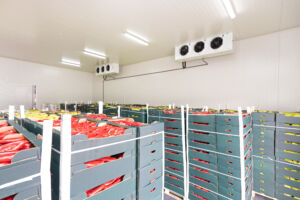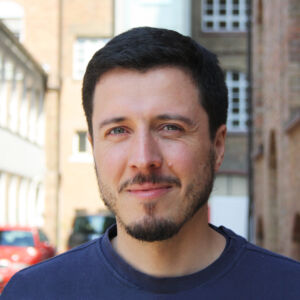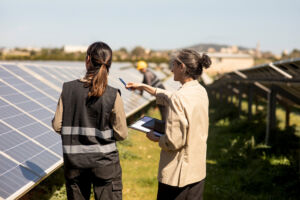Funded by the European Research Council (ERC), the project examines the complex interrelationships and far-reaching effects of a world fundamentally changed by artificial cooling. From food, health, and reproduction to telecommunications and housing, everything is interconnected by a man-made cryosphere. Empirically grounded and theoretically supported, the project describes for the first time artificial cooling as a cultural and technological phenomenon.
Research approach
At the heart of the project is an integrative mixed-methods approach that brings together historical, geographical, technological, ethnographical, and philosophical perspectives. The project aims to produce the first geographical map of the artificial cryosphere, reconstruct its origins historically, provide an ethnographic description of its of its cultural characteristics, conduct a philosophical analysis and ethical assessment of its underlying norms and values, and identify alternative solutions for the future. To this end, the international research team will collect extensive ethnographic material in Australia, India, Europe, and the US over a period of six years. Among other things, ISOE is conducting two ethnographic pilot studies in the areas of food and space cooling.
Background
Against the backdrop of advancing global warming, a significant increase in the worldwide demand for artificial cooling is to be expected in the coming decades. Projections indicate that energy demand for corresponding technologies could multiply by 2050. This has far-reaching consequences for global energy systems, ecological sustainability, and social justice. Cooling technologies are thus a central element in a self-reinforcing climate policy context. They serve to adapt to rising temperature in the short term, but their high energy consumption and use of greenhouse-gas-emitting refrigerants contribute to further global warming in the medium and long term, their high energy consumption and use of climate-damaging refrigerants contribute to further global warming. Added to this is the enormous cooling demand for data centers, especially against the backdrop of growing demand for artificial intelligence. This shows how cooling technologies are transforming fundamental cultural and social orders. The artificial generation of cold influences the temporal, spatial, and material dimensions of everyday life. It eliminates seasonal rhythms in food supply, extends biographical and biological reproduction periods, and shapes ideas of health, hygiene, comfort, and modernity. This profound cultural interweaving of artificial cold with social practices, symbolism, and norms has largely gone unnoticed until now. Cold functions not only as technical infrastructure, but also as a symbolically charged and historically contingent cultural formation.
Research and project partners
- Technical University of Darmstadt (lead)
- University of Paderborn
- Institute for Cultural Studies at the University of Duisburg-Essen
- Australian National University Canberra
- University of Hamburg
- Martin Luther University Halle-Wittenberg
Funding
The project “Cultures of the Cryosphere – Infrastructures, Politics and Futures of Artificial Cooling” is funded by the European Research Council (ERC) under ERC Synergy Grant No. 101118625 (2024–2030).


